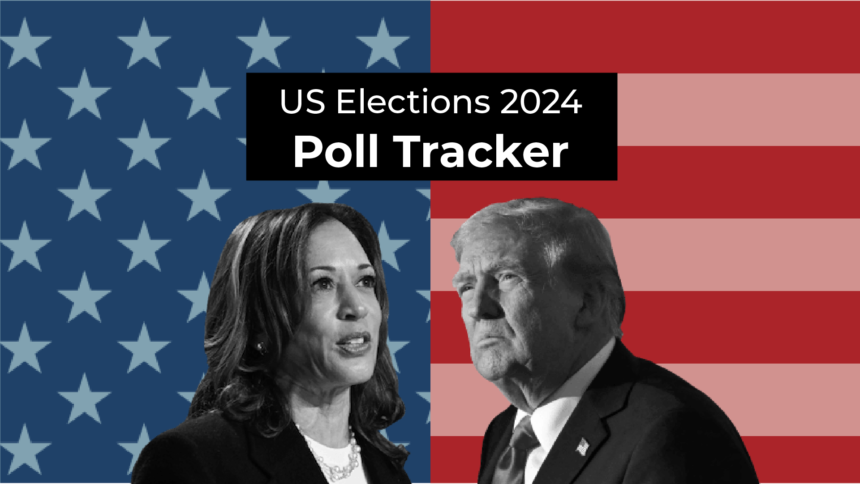The race for the US presidency is coming to a close as voters prepare to cast their ballots on November 5th. Early voting has already begun in several states, including key battlegrounds like North Carolina and Georgia.
With less than three weeks remaining until election day, Democratic Vice President Kamala Harris and Republican former President Donald Trump are locked in a fierce battle to win over undecided voters. It’s important to note that the popular vote does not directly determine the outcome, as the Electoral College ultimately selects the president based on each state’s chosen electors.
In order to win the presidency, a candidate must secure at least 270 out of the 538 electoral votes available. These votes are allocated to states based on their respective populations.
Currently, according to FiveThirtyEight’s daily election poll tracker, Kamala Harris holds a 2.4-percentage-point lead over Trump in national polls. While Harris is favored to win the presidency in 54 out of 100 scenarios, Trump still has a chance to emerge victorious in 46 out of 100 cases.
The focus is now on swing states, also known as battleground states, which have the potential to tip the overall outcome of the election. States like Arizona, Georgia, Michigan, Nevada, North Carolina, Pennsylvania, and Wisconsin are closely watched due to their unpredictable political leanings.
If the race between Harris and Trump were to end in a tie, a contingent election would take place where the US House of Representatives would determine the winner. Each state’s delegation in the House would cast one vote, with the winning candidate needing the support of at least 26 out of 50 state delegations.
Polls play a significant role in predicting election outcomes by surveying a sample of voters through various methods such as phone calls, online surveys, or in-person interviews. Poll trackers aggregate multiple polls and weigh them based on factors like sample size, pollster quality, and survey methodology.
While polls provide valuable insights, they are not infallible. Recent elections have shown that polls can underestimate support for certain candidates, as seen in both the 2016 and 2020 US elections. Factors like nonresponse bias and changes in voter turnout can also impact the accuracy of polls.
Despite their limitations, polls remain a useful tool for gauging public opinion and predicting election results. As we approach election day, the margin of error in polling data underscores the inherent uncertainty in forecasting outcomes based on a small sample size.










